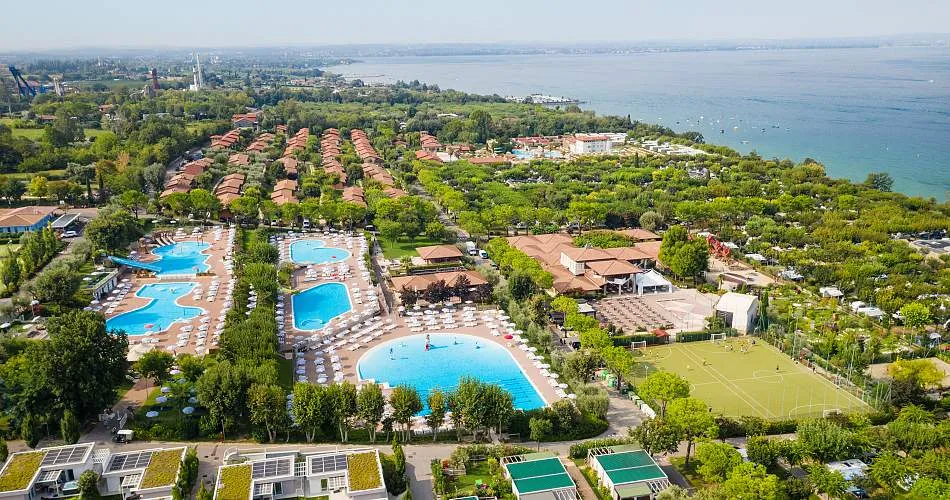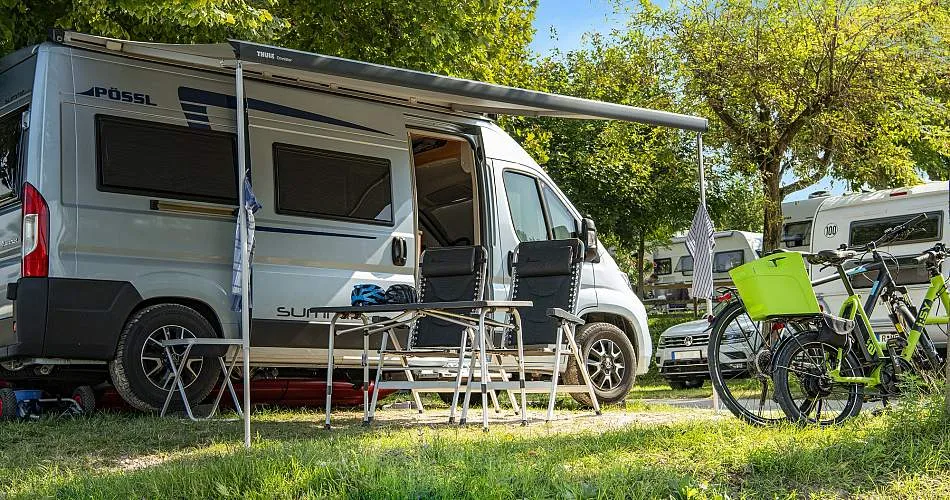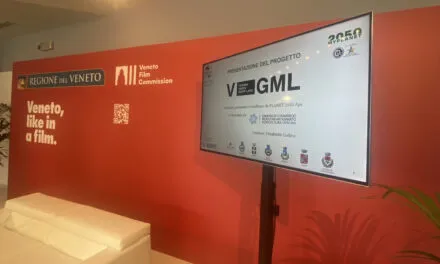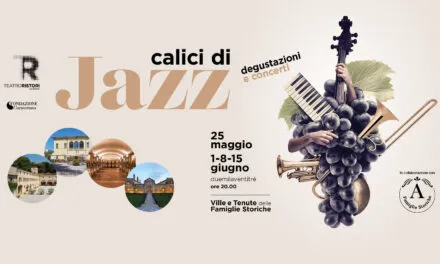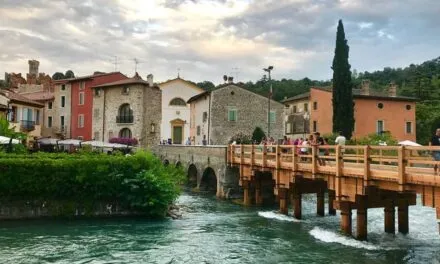Open-air tourist facilities will be the tourists’ favourite also in the spring-autumn season 2024. Resorts and campsites on Lake Garda are getting ready to open next month, coinciding with Easter, and estimates remain positive also thanks to the sustainable choices made.
This is what emerges from the data presented by Faita-Federcamping at the conference “Open Air Tourism in the Northeast”. The results of a Ciset research, together with data from HBenchmark and the outcomes of projects launched by Faita with eAmbiente and Ciset-Jampaa, draw a continuously evolving sector. A first figure concerns the turnover generated by open-air tourism in Veneto, which amounts to 1.3 billion euros: 58% is fuelled by extra accommodation expenses (made by tourists inside and outside the structure) and 42% by accommodation costs. Average prices rose from 95.9 euro to 117.7 euro per day.
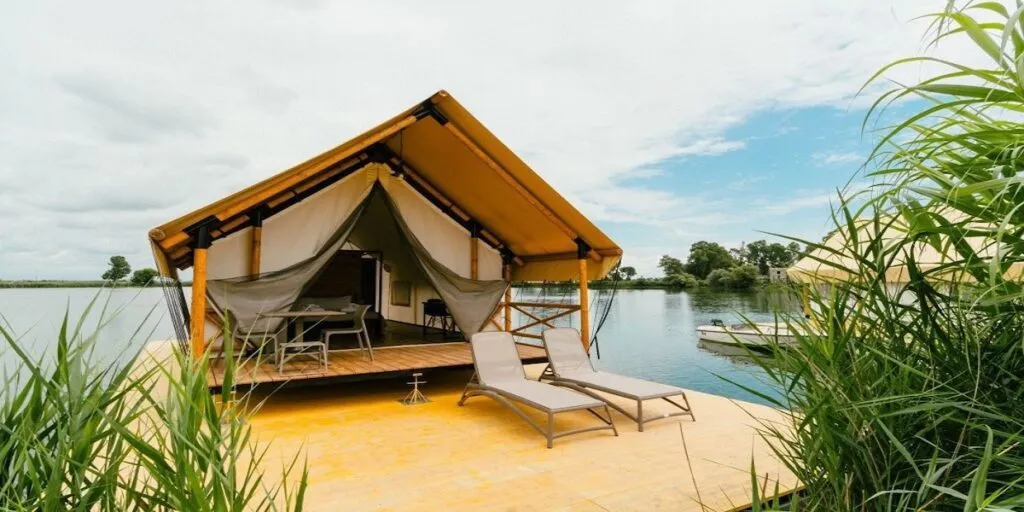
Overnight stays remain among the highest in the macro-region, with Germans (11.5 days) and Dutch (15.1 days) leading the ranking, while Italians, Austrians and Swiss stay at least 9 nights, confirming the Benaco basin at the top in terms of presences, if the comparison is with the beaches of the Friulian and Veneto Adriatic.

Germany continues to be the first market (53%). Italian (16%) and Dutch (15%) tourists also maintain their interest in the largest Italian lake. In terms of innovation, the companies that have invested in upgrading and developing new offers for specific target customers – from mobile homes to luxury glamping – are more than half of the structures (54%) and are located along the Adriatic coast (57%) and on Lake Garda (19%). Finally, lake businesses prove to be among the most sustainable in the Triveneto area, especially thanks to the self-production of energy from renewable sources and the use of green energy. Eight out of 10 facilities have a photovoltaic system, 4 out of 10 adopt pool water recycling systems, more than 70% recover between 20% and 50% of waste, while only 20% exceed the 50% recycling threshold.
